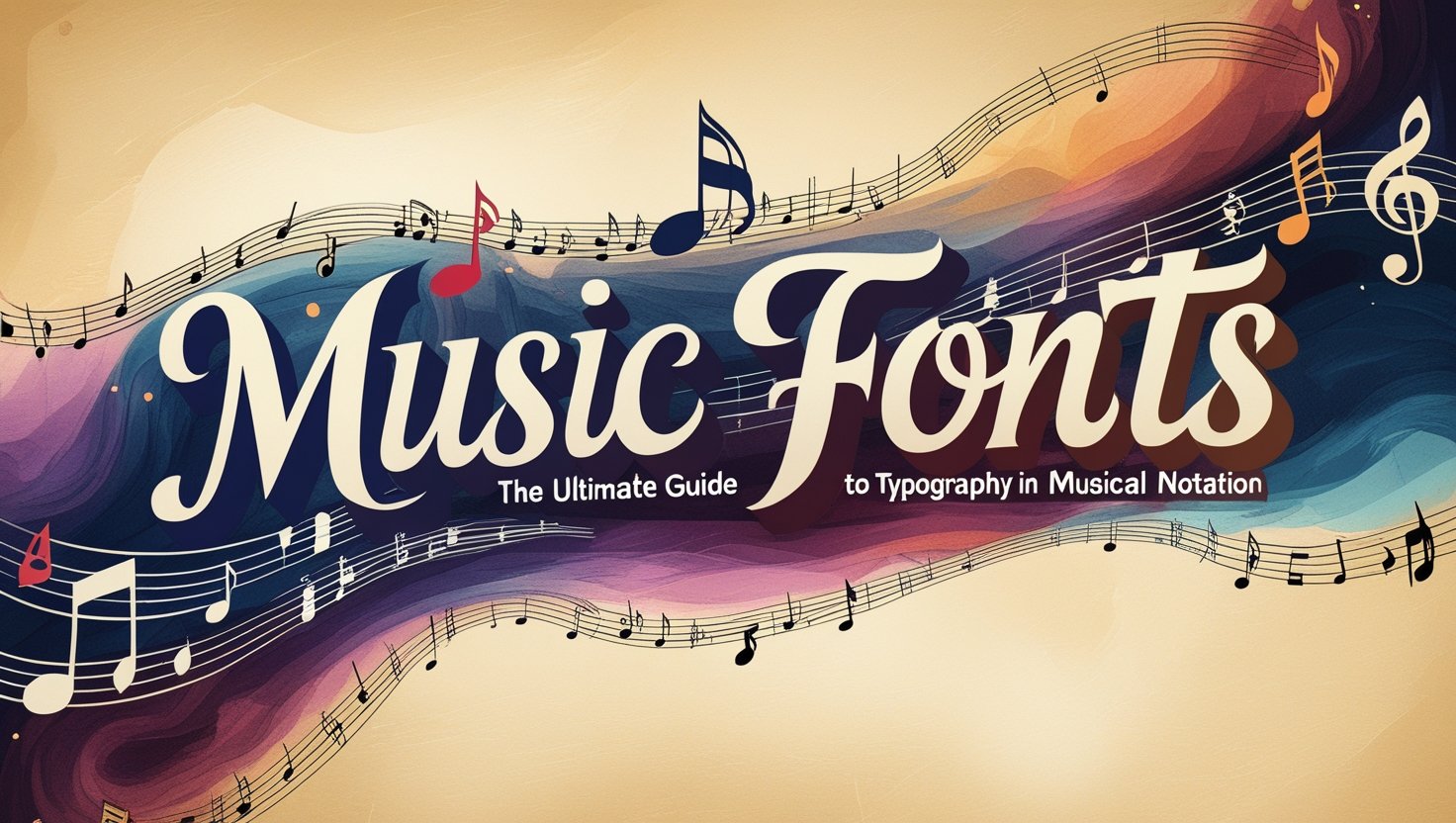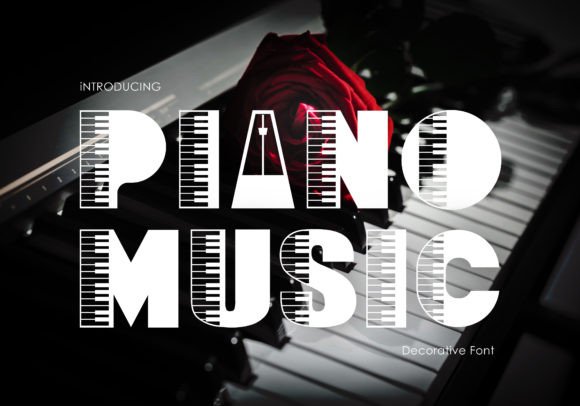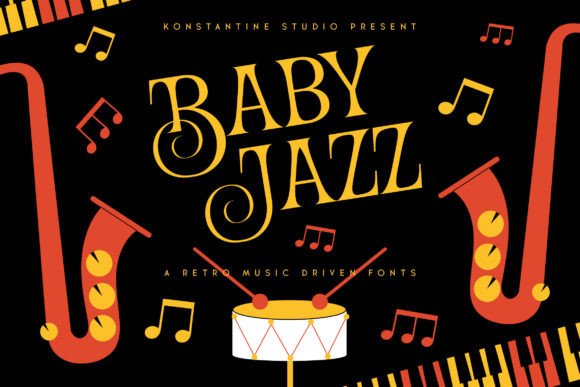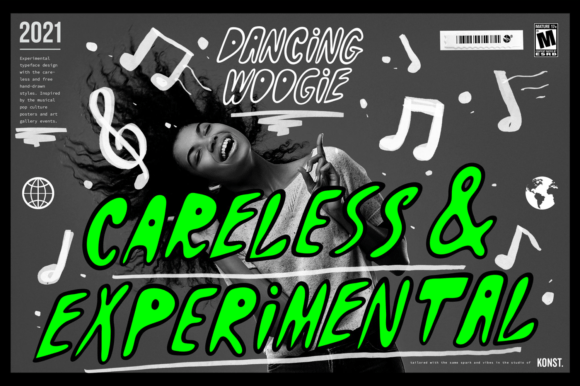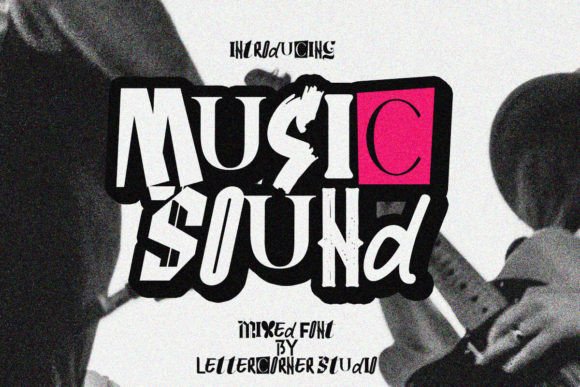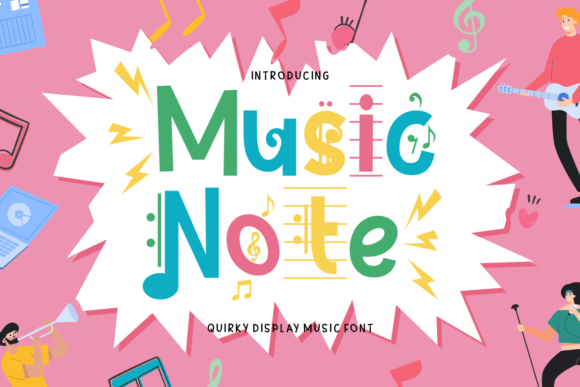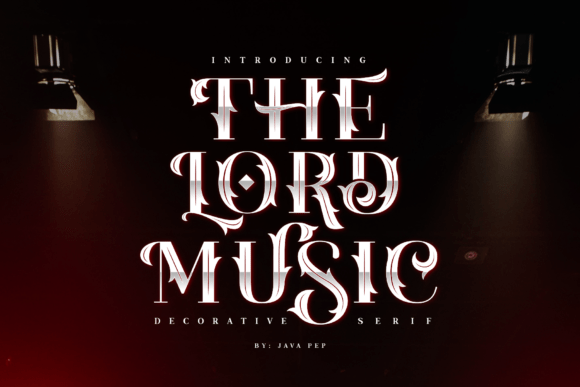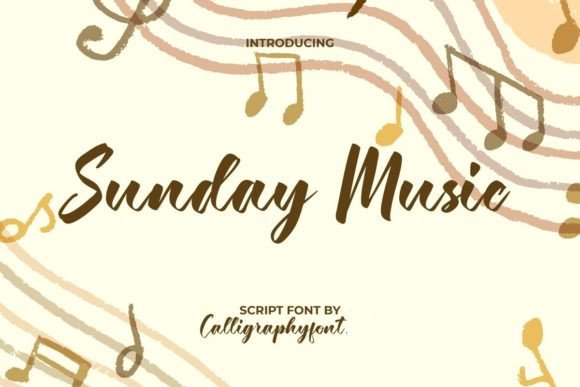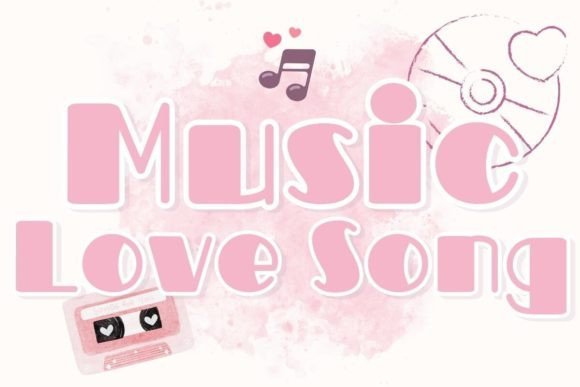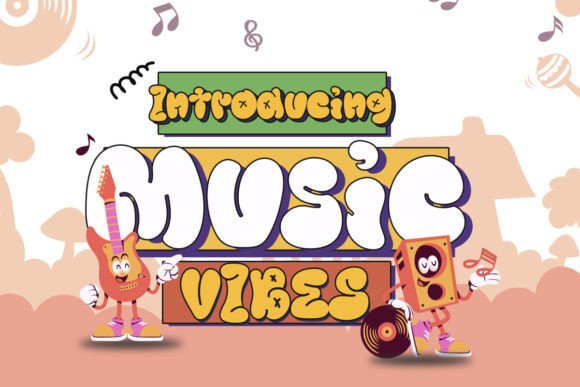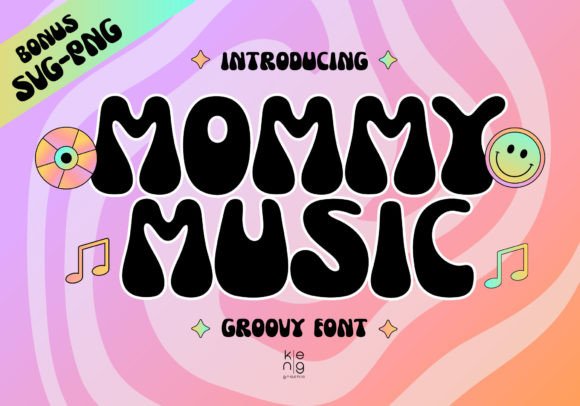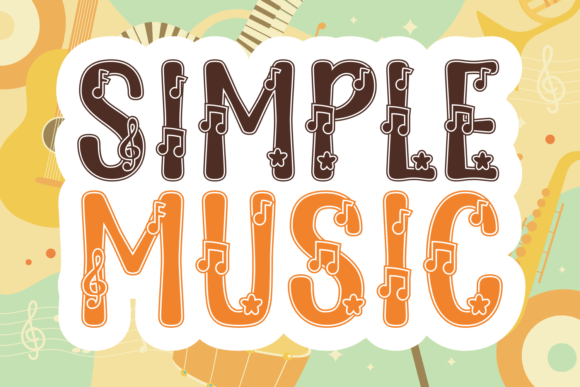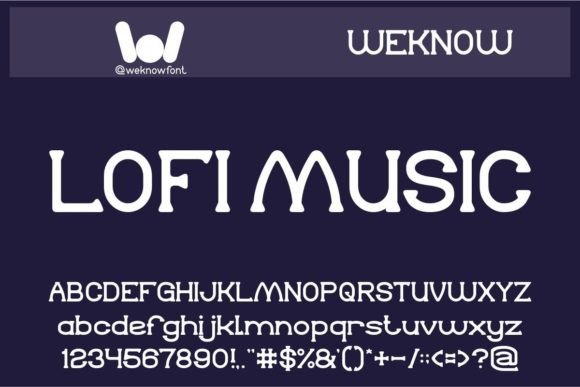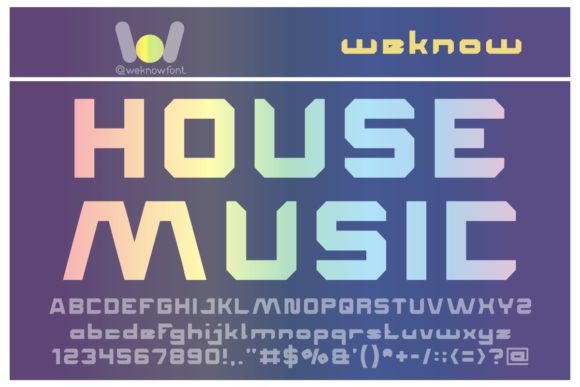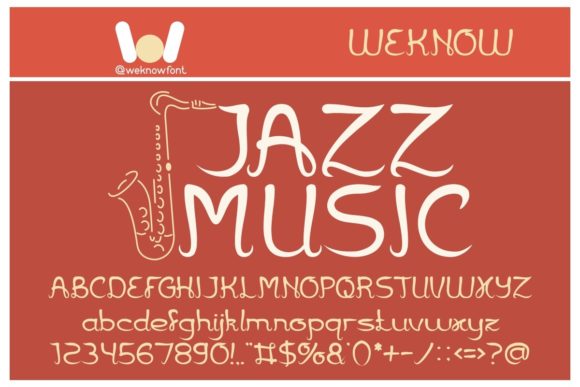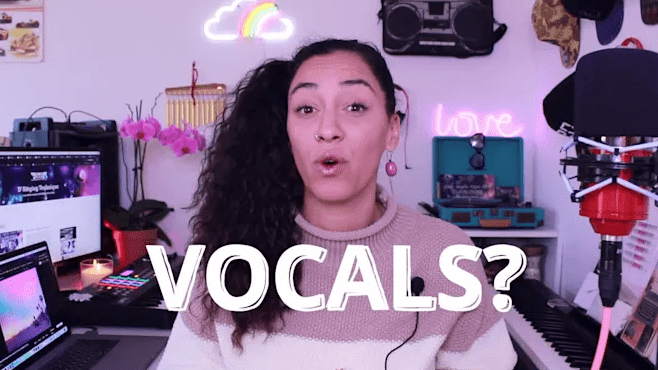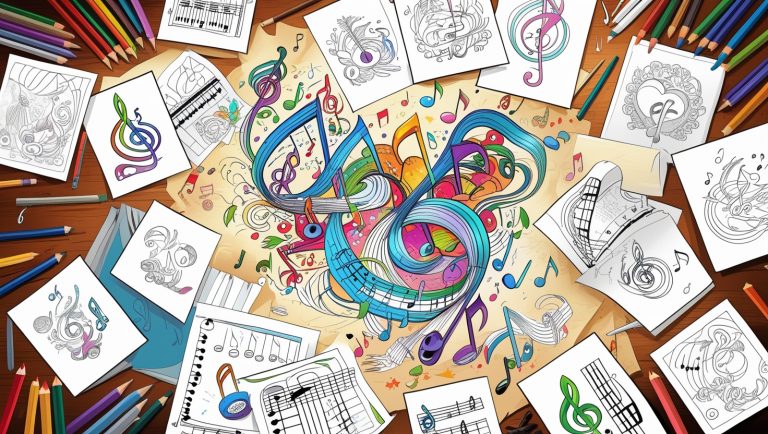Have you ever wondered what makes sheet music look so distinctive? It’s not just the notes and staffs – it’s the specialized fonts that bring musical notation to life! Let’s dive into the fascinating world of music fonts, where typography and melody dance together in perfect harmony.
The Evolution of Music Typography
Back in the day (and we’re talking way back), music notation was all about quill pens and hand-drawn manuscripts. Monks would spend countless hours meticulously crafting each note and symbol. Fast forward to today, and we’ve got digital fonts that can make Beethoven’s manuscripts look like they were written yesterday!
The journey from handwritten scores to modern music fonts has been nothing short of revolutionary. The development of music printing in the 15th century by Petrucci changed the game forever. This innovation paved the way for the standardized music fonts we use today.
Why Music Fonts Matter
Listen up, folks – music fonts aren’t just about looking pretty (though that’s definitely a bonus). They serve some pretty crucial purposes:
- Readability: Musicians need to read scores quickly and accurately
- Consistency: Standard symbols ensure universal understanding
- Professional appearance: Clean typography elevates the overall presentation
- Digital compatibility: Modern fonts work seamlessly across different platforms
Each of these aspects plays a vital role in how we create, share, and perform music in the 21st century.
Popular Music Fonts in Modern Usage
Y’all wouldn’t believe how many music fonts are out there! Some of the heavy hitters include:
- Maestro: The classic choice for traditional scoring
- Jazz: Perfect for lead sheets and contemporary arrangements
- Finale Maestro: A digital standard in notation software
- Bravura: The open-source game-changer
- Petaluma: Bringing that hand-written jazz feel to digital scores
These fonts have become industry standards for good reason – they’re reliable, readable, and versatile across different musical styles and contexts.
Choosing the Right Music Font
Here’s the deal: picking the right music font isn’t just about what catches your eye. You’ve got to consider:
Technical Requirements
- Software compatibility
- Unicode support
- Web font capabilities
Stylistic Considerations
- Musical genre
- Target audience
- Performance context
Digital Implementation
Let’s get down to brass tacks – implementing music fonts in the digital age requires some tech-savvy thinking. Modern notation software like Sibelius and Finale comes with built-in music fonts, but you can also integrate custom fonts for that unique touch.
Common Challenges and Solutions
Hey, nobody said working with music fonts would be a walk in the park! Here are some common headaches and how to deal with them:
Display Issues
- Problem: Symbols appearing as boxes or question marks
- Solution: Ensure proper font installation and encoding
Compatibility
- Problem: Fonts not working across different programs
- Solution: Use widely-supported formats and test thoroughly
Looking to the Future
The world of music fonts is constantly evolving. With the rise of web-based notation and mobile scoring apps, we’re seeing new innovations in how musical typography adapts to different screen sizes and devices.
FAQs
Q: Can I use music fonts in web design? A: Absolutely! Many music fonts are now available as web fonts, though you’ll need to ensure proper licensing and implementation.
Q: Are music fonts Unicode-compliant? A: Many modern music fonts follow the SMuFL (Standard Music Font Layout) specification, which works with Unicode.
Q: Do I need special software to use music fonts? A: While notation software is ideal, many music fonts can be used in standard word processing programs for basic symbols.
Final Notes (The Wrap-Up)
Music fonts are the unsung heroes of musical notation, bridging the gap between composers’ ideas and performers’ interpretation. Whether you’re a publisher, educator, or musician, understanding and choosing the right music fonts can make a world of difference in how your music is presented and perceived.
Remember, the perfect music font is out there – it’s just waiting for you to find it! Keep experimenting, stay curious, and don’t be afraid to mix things up. After all, music is all about expression, and your choice of font is just another way to let your creativity shine through.

